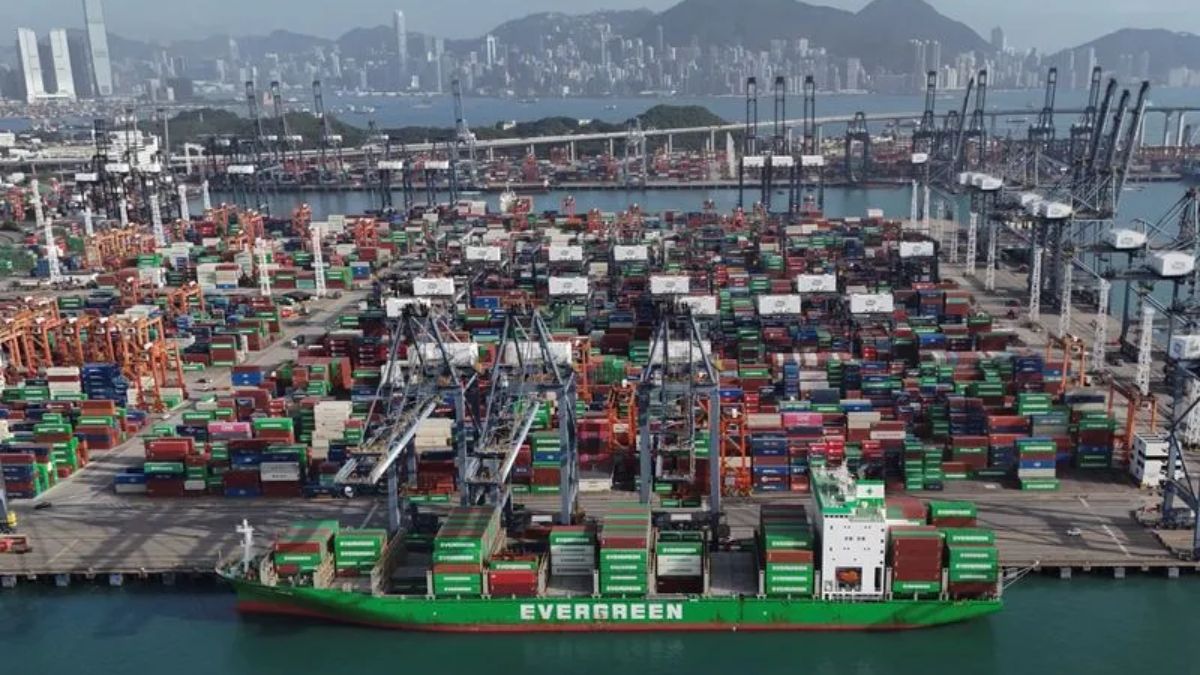Even in the wake of US President Donald Trump’s tariffs, Chinese exports have continued to expand, and the international trade has also increased.
Chinese exports in July grew at 7.2 per cent, surpassing the expected growth of 5.4 per cent.
The evidence suggests that Chinese exports as well as the international trade has continued to expand, but it is increasingly bypassing the United States, suggesting that countries are looking for alternatives for exports and imports and are minimising exposure to the US market.
China turns to Southeast Asia amid Trump’s tariff war
There is also indication that China has frontloaded exports to non-US markets for ’transshipment’ to the United States before the start of tariffs.
The trade data suggests that the Southeast Asian markets play an ever more important role in US-China trade, Xu Tianchen, a senior economist at the Economist Intelligence Unit, told Reuters.
“I have no doubt Trump’s transshipment tariffs are aimed at China, since it was already an issue during Trump 1.0. China is the only country for which transshipment makes sense, because it still enjoys a production cost advantage and is still subject to materially higher US tariffs than other countries,” said Xu.
Trump has slapped 40 per cent transshipment tariffs, which means that any country rerouting another country’s products will face 40 per cent additional tariff. China has been known to use Southeast Asian nations to transship its goods to other countries like the United States and India.
Impact Shorts
More ShortsThe data shows that China’s exports to the United States fell 21.67 per cent in July year-on-year and exports to Asean countries grew 16.59 per cent year-on-year, according to Reuters.
‘We see very strong demand outside of US’
There are indications outside of China as well that the international trade is growing but increasingly bypassing the United States, suggesting that Trump’s tariffs have already led to the isolation of the US economy and market.
Danish shipping giant Maersk, which controls around 15 per cent of the world’s cargo shipping, posted a stronger-than-expected quarterly profit.
Considering Maersk’s role in shipping, the company’s financial health is seen as a reflection of the global trade.
Maersk CEO Vincent Clerc told CNBC that the company continues to see a “very strong demand” and growth everywhere outside of the United States. He further said that he sees demand for containers above expectations.
“A lot of it is driven by a manufacturing boom in China and strong export growth pretty much everywhere in the world except for the US during this quarter, where the tariff-on, tariff-off has had some dampening effect. But overall, I think outside of the United States, we see a continued very strong demand and that is fueling the earnings and the upgrade that we were able to do today,” said Clerc.


)

)
)
)
)
)
)
)
)



